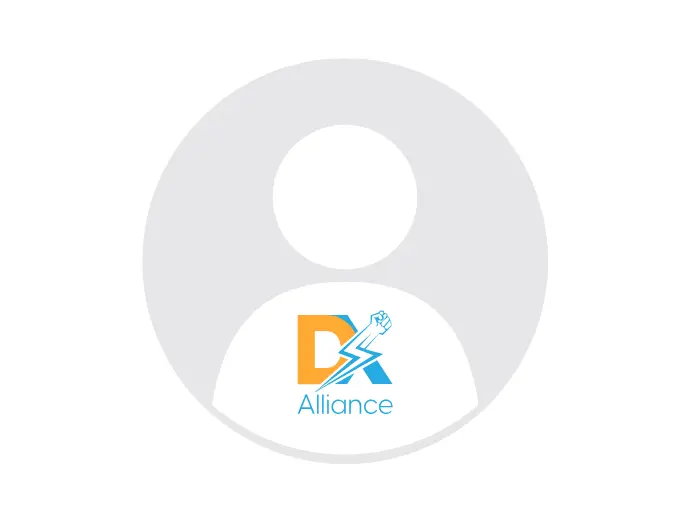The familiar weight of cash in hand signifies trust and personal freedom but a digital tide is rising. Central Bank Digital Currencies (CBDCs) are igniting conversations globally, but nowhere is the intersection of tradition and technology more poignant. The prospect of digital money here carries both the glimmer of progress and the shadow of intrusion. Yet, amidst this complex landscape, the Eastern Caribbean Central Bank (ECCB) is charting a truly innovative course, offering a compelling vision of how technology can honor deeply ingrained cultural values while unlocking modern efficiencies.
Balancing Privacy and Progress
Hyperledger Fabric—a permissioned blockchain celebrated for its formidable security and privacy architecture. Using this foundation, the ECCB has meticulously crafted an API, a digital gateway enabling payment platforms to operate seamlessly under its regulatory purview. The system is architected to shield user data from unauthorized eyes while simultaneously granting regulators the necessary transparency to ensure the integrity of the monetary system as it evolves.
At the heart of the ECCB's approach lies a masterful balancing act. Imagine a digital ledger where access is governed by ironclad rules, strictly dictating who can view specific information. This permissioned structure ensures sensitive transaction details remain cloaked in confidentiality, while the central bank retains the oversight crucial for stability. This design resonates deeply in the Caribbean, where generations of West Indians have valued the inherent anonymity of cash, whether used for daily purchases or sending vital remittances abroad. The enduring challenge was clear: how to step into a digital future without sacrificing this cherished privacy.
ECCB's answer involves weaving sophisticated Privacy-Enhancing Technologies (PETs) into the fabric of their system. Tools like zero-knowledge proofs and blind signatures act as cryptographic veils, allowing transactions to be verified for legitimacy without exposing the underlying identities or amounts. In essence, these PETs digitally mirror the discreet nature of cash, marrying the speed and security of blockchain with the privacy expectations long held dear.
Technology and Implementation

For the architects of tomorrow's financial applications – the developers – the ECCB CBDC API presents a fascinating canvas. Integrating with this system demands more than just technical skill; it requires a thoughtful approach. Developers must leverage the inherent security of Hyperledger Fabric while skillfully layering additional cryptographic safeguards. The objective is to forge applications that are not only swift and responsive but whose very design ensures individual transaction data remains sacrosanct, embedding privacy into their digital DNA before a transaction ever touches the ledger.
Moreover, the narrative is expanding beyond a single, monolithic solution. In our hyper-connected world, public blockchains like Polygon are finding their synergistic role. Renowned for its impressive speed and economical transaction fees, Polygon offers a powerful complement to the ECCB's secure, permissioned core. Developers can envision leveraging Polygon for operations demanding scale but less stringent data sensitivity – perhaps for aggregating settlement data or tracking cross-border remittances in near real-time. This emerging hybrid model allows the ECCB's primary ledger to remain dedicated to secure, privacy-centric transactions, while intelligently offloading high-volume, less sensitive processes to a scalable public network. This layered symphony ensures that speed and efficiency don't demand a privacy trade-off.
Whispers of skepticism often accompany CBDC projects worldwide, particularly regarding public acceptance, as noted in a recent Finextra analysis. This hesitancy is palpable in communities with strong cash traditions, like the Caribbean, where fears of state surveillance and eroding personal autonomy naturally surface. The ECCB's model, however, seems designed as a direct reassurance. By embedding privacy not as an afterthought but as a foundational principle, they strive to create a digital payment system that feels less like a disruption and more like a natural evolution. As one industry observer aptly framed the goal:
"Developers should aim to create a system where the user feels both the security of a bank vault and the freedom of a cash transaction at a local market—simple, fast, and private."

Cash is more than mere currency; it's a tangible symbol of independence, a shield against unwelcome scrutiny. The ECCB's initiative demonstrates an understanding of this sentiment, architecting a digital dollar that reflects these values through robust cryptography and stringent access controls. Every transaction remains private by default, yet auditable under strict protocols for regulatory necessity. This thoughtful approach offers a potential blueprint for other nations grappling with similar transitions, proving a CBDC need not be Orwellian, but can instead serve as a catalyst for financial inclusion and economic dynamism.
For developers embarking on this journey with the ECCB API, the path is both intricate and immensely rewarding. They must navigate a complex interplay of regulatory mandates, cutting-edge PETs, and the practical demands of scalability. A key consideration is designing modular, adaptable applications. Building upon a permissioned blockchain necessitates careful architecture, especially when integrating external elements like public chains. Every connection must be meticulously planned to ensure privacy safeguards remain uncompromised. Robust, flexible middleware may emerge as crucial digital bridges, translating between the ECCB's secure enclave and the wider digital ecosystem while ensuring data handling adheres strictly to regulatory expectations.
Beyond the technical intricacies lies the crucial human element: user experience. The ultimate success hinges on creating applications that elegantly conceal the underlying complexity. The advanced cryptography and blockchain mechanics should operate unseen beneath a simple, intuitive interface. For users in the Caribbean, accustomed to the effortless anonymity of cash, digital payments must feel equally comfortable and trustworthy, free from cumbersome processes.
A Vision for the Future

The ECCB model is thoughtfully designed integrating secure permissioned ledgers, advanced PETs, and potentially synergistic public chains like Polygon—can forge a digital currency that respects the past while boldly embracing the future. For developers, this represents a unique chance to innovate within a space rich in both cultural significance and technological possibility.
In essence, the ECCB's CBDC initiative offers more than just a technical case study; it presents a compelling narrative for regions worldwide contemplating their own digital currency journeys. It demonstrates that this transformation can be about more than efficiency—it can be a way to empower communities, protect individual freedoms, and spark innovation, all while honoring cultural heritage. As more developers contribute their ingenuity, and as hybrid models mature, the Caribbean could well become a global beacon, illuminating how to implement digital currencies with both technological prowess and profound human sensitivity.
Further Resources
More on PETs: https://www.bankofcanada.ca/2025/01/staff-discussion-paper-2025-1/

About the Author
Owan Hunte is an experienced web and blockchain developer based in Barbados with extensive expertise in privacy-preserving technologies. He has worked with blockchain platforms including Algorand and Ethereum, developing solutions for cryptocurrency trading and digital wallets. As a former developer at Algomint, he specialized in blockchain interoperability and was pivotal in creating the goUSD minter with multi-wallet integration. Owan holds a Computer Science degree from U.W.I Cave Hill Campus and brings his Caribbean perspective to digital currency innovation.